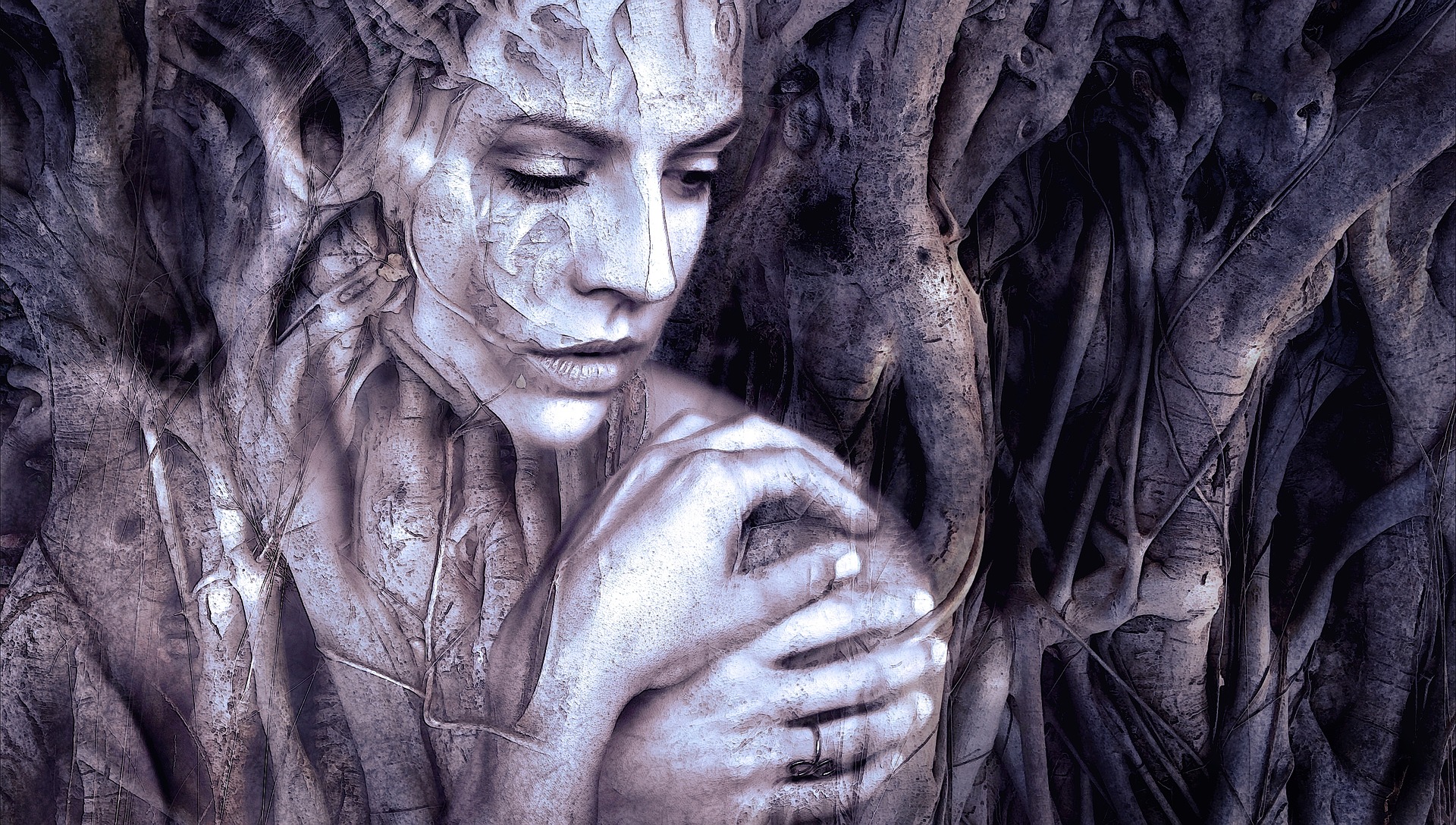Context: The poems of Emily Dickinson are often some scribbles in her melancholy, or letters to her father, where she does not tell about her well-being, or how she spends her time, but how she feels about that happen around her and how shed is often mesmerised by nature.
Rhyme Scheme and Style: There is no rhyme scheme present in the poem, the poem has been written in a continuous structure, where the poet has put commas where she would have wanted the readers to pause and understand the meaning and the expression of the poem. This method of continuous flow in the poem is used by many poets, like Pablo Neruda.
The dashes and commas in the middle of the lines are the pauses, where she wants the reader to pause, which brings about the precise emotion and meaning of the poet. This technique is often used by poets to bring out their emotions in the poem. For example:
You may have met him,–did you not,
His notice sudden is.
Theme: This poem is an example of brilliant personification of a snake, where Dickinson has called him a “fellow”. This poem surely leaves an image of a fantastic creature in our minds, and it takes a moment to realise the true nature of the subject. The imagery in the poem brings out different beautiful pictures in our mind, which Dickinson has framed with brilliant choice of words and description. Like her other poems, this one, too, had no title. While the first publication of the poem, it was named as “The Snake”, which failed to capture the essence of the poem. Hence, the first sentence of the poem was used as the title later on, which has been followed in almost all of her poetry. Her poems are also published with serial numbers.
Emily Dickinson has kept the patriarchal society in mind, and has called the snake a “fellow” instead of a “lady” or any other synonym of it. This attempt was cleverly done to make the poem acceptable in the society where men are dominated in literature and every other profession at that time. It is interesting to see how she has been mesmerised again by the beauty of the snake and its movement, unlike how snakes are generally seen as dangerous and treacherous. This shows her attachment with nature. Her fearless love for nature, and her solitude is clearly drawn from the poem.
Deep Meaning: To start with, let’s have a look at the personification of the snake as a “fellow”. Snakes, amongst us humans, are considered to be a dangerous reptile with venom, whose one bite could cost anybody’s life. Keeping that idea in mind, the term, “fellow”, used by Dickinson shows her calm feelings and reaction towards the snake when she spots it in her garden. She describes the movement of the snake in such selected words that imprints an image of the swiftness of the “fellow”. Words like “unbraiding” and “wrinkle” not only helped to beautify the locomotion of the snake, but also helped to leave a clear distinction of the speed and way of the movement of the snake.
It is evident from her poem that Dickinson loves nature more than anything else around her. Her personification of the snake by calling it “fellow” and rest of the components of nature “nature’s people”, she exhibits her love and respect for them. She considers them as equal as humans, or above them, and is often left mesmerised by their beauty and behaviour.
Emily Dickinson gives us a new outlook to look at nature through her poems. Her thoughts and expressions towards the components of nature become further beautiful with her choice of words to describe things, which many poets do not succeed in doing so. Her poems brings a more vivid and beautiful image of the nature in our mind, which we fail to see with our eyes.
Dear Readers- If this summary/analysis has helped you, kindly take a little effort to like or +1 this post or both. Make sure you like Beamingnotes Facebook page and subscribe to our newsletter so that we can keep in touch. We’ll keep informing you about stuffs that are really interesting, worth knowing and adds importance to you.
Some online learning platforms provide certifications, while others are designed to simply grow your skills in your personal and professional life. Including Masterclass and Coursera, here are our recommendations for the best online learning platforms you can sign up for today.
The 7 Best Online Learning Platforms of 2022
- Best Overall: Coursera
- Best for Niche Topics: Udemy
- Best for Creative Fields: Skillshare
- Best for Celebrity Lessons: MasterClass
- Best for STEM: EdX
- Best for Career Building: Udacity
- Best for Data Learning: Pluralsight















